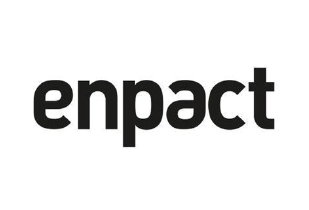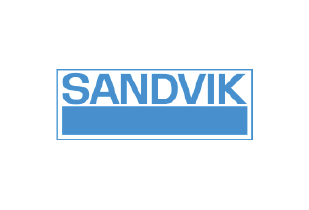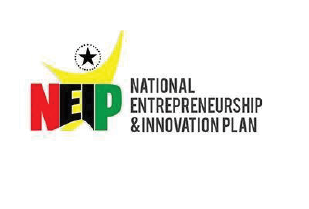Hello! Surely, your Easter was restful, lovely and you are re-energised for the new week. Last week I wrote about how to test if your business idea is viable. In today’s blog post, I will continue this series with how to identify your target market.
What is your target market anyway?
In simple terms, it is a group of people who are interested in buying your product/service for themselves or others. They do this because they need or want it. For instance, women with natural hair may be interested in and willing to buy natural hair products. Similarly, adult Ghanaians living abroad whose parents live in Ghana may be interested in local grocery services.
Why it’s important to identify your target market
Before we get to how to identify your target market, let’s answer why it’s important in the first place. It helps you:
- understand their wants and needs. Example, adult Ghanaians living abroad whose parents live in Ghana may need to ensure their parents have monthly groceries at home.
- create products and services which will be of value to them. For instance, women with natural hair may be willing to buy natural hair products.
- ‘speak’ their language when reaching out to them. As in speaking in a way which is understandable to them. I recall how during the early stages of the COVID-19, women in my network made educational videos/audios in different Ghanaian languages. We wanted to add our voice to the ongoing sensitisation and our target market were people who spoke the particular local languages.
- have a clear focus and be grounded in what you do. Your business decisions will focus on customer acquisition and satisfaction.
Meredith Hill’s quote says it all ‘When you speak to everyone, you speak to no one’. It would take me 6 years of running my own business before this fact finally sunk in.
Your Customer Avatar
Your Target Market for each product/service is represented by your Customer Avatar aka Ideal Customer. Way before I understood what a Customer Avatar was, I had been applying the concept without knowing it. For instance, while designing the 2018 Breakfast With The Girls, I kept asking; what will LP Nana Afia think of the location, food, etc?
LP is a school owner, beauty entrepreneur, gospel musician, lady pastor and Founder of Female Entrepreneurs Global. I met her during one of our training sessions in Kumasi. We were not close then but I remember being intrigued by her. For some reason, I saw her as my ideal customer for events for women leaders. And so somehow, I put her front and center when organising that particular event. I never even called or consulted her when making decisions, funny enough.
There is magic in designing your product/service with your customer in mind. Of course, it is physically impossible to design specific products while considering the different needs of thousands of customers. However, one representative can serve the purpose beautifully.
How to identify your Customer Avatar
First you identify your industry, then niche and that leads you to your customer Avatar. I believe it is fairly easy to know which industry your business is in. For instance, if you have an AirBnB space, then you are in the hospitality industry. A Creche is in the Education & Training industry, etc
Your niche is the specialised area in your industry in which you are an expert. For instance, you may be in the fashion industry but your expertise may be styling brides and bridesmaids. If you are multi-passionate, as many people are, start with one niche and add more with time. Refer to the episode on How to identify which business to start with.
To identify your customer avatar, you want to give a detailed description of your ideal customer. In my case, I use actual customers as my avatars. If you don’t have customers yet, you can use the following characteristics and more to describe him/her. Don’t overthink this; ask yourself, in the perfect situation, what will my ideal customer be like? Here are some characteristics to start from:
- Sex, Physical Appearance
- Age, Marital status, Number of children
- Educational level, Career
- Hobbies
- Where they love to hang out
- Biggest frustration, etc…
Let me give some characteristics of two Customer Avators I have for two of my products:
Group Coaching For Startups – Sheila lives in the US and has a full time job as a special needs educator. She is a wife and mother who enjoys the word of God, reading and praying. She is in her fifties, nearing pension and has a burning desire to help others find their purpose. However, she battles with shyness and so is unable to come out and market herself. Speaking of marketing, technology and for that matter social media use is sometimes a challenge.
Women Leaders Workshop – Millicent is a Contractor who lives in Accra but travels across the country for work. She is a wife and mother who is very assertive and her time consciousness is on another level. One thing that never deters her is people’s opinions. Life has thrown her enough lemons and now she just lives her life. Millicent loves to learn and is always seeking opportunities for personal development. She doesn’t mind travelling to seek knowledge and network.
Like I said earlier, these are actual clients and their stories are real. Because they each represent a product I have, I put them front and center when making decisions about those particular products.
If you are unsure about who your customer avatar is, I hope this blog post has been helpful. Do the work and share with me in the comments please; your industry, niche and customer avatar. God willing next week, I will be back with Customer Service Tips For Your New Business. Until then, you know you are fabulous right?
Ama xx
PS: Do you need help to plan, execute and achieve your business goals? I have created Group Coaching For Startups to help you do just that. Over 40 women have benefited from this program already. Currently, I am recruiting the 5th Cohort which starts on 15th April. If this is for you, read and sign up here: Group Coaching For Startups.
Photo by: Vera Obeng Photography













